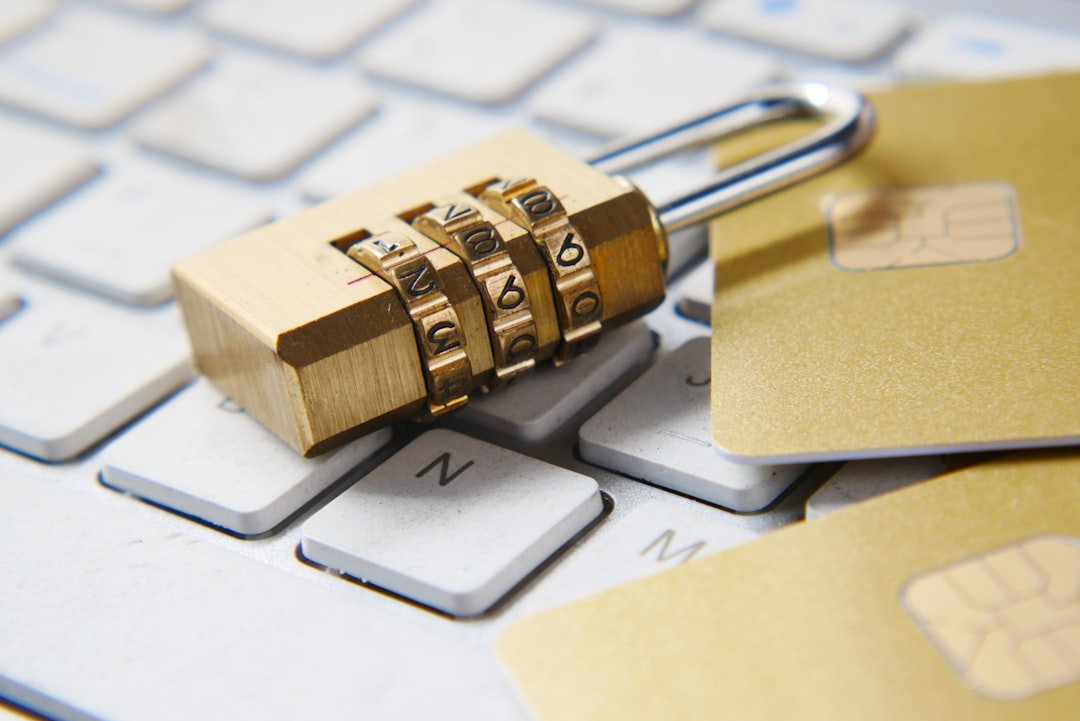With the increasing digitization of communication, email scams have become one of the most prevalent methods for cybercriminals to gain access to sensitive data. From phishing attacks to impersonation attempts, scammers employ a range of tactics to trick unsuspecting individuals into revealing personal and financial information. Understanding the most common types of fake emails and how to avoid them is essential for protecting one’s privacy and digital security.
Table of Contents
Common Types of Fake Emails
Fake emails can be meticulously designed to mirror official communication from trusted organizations. These emails often carry malicious intent, ranging from data theft to spreading malware. Below are the most frequently encountered types:
1. Phishing Emails
These are the most widespread form of fake emails. They are designed to prompt recipients into clicking malicious links or submitting personal data by mimicking well-known brands or institutions.
- Example: An email that appears to come from your bank asking you to confirm your account information.
- Red Flags: Urgent language, suspicious URLs, strange email addresses, and formatting issues.
2. Spear Phishing
Unlike generic phishing emails, spear phishing is highly personalized. Cybercriminals spend time gathering personal information about their target to craft a convincing message.
- Example: An email that references your recent transactions or work information.
- Red Flags: Inappropriate familiarity, references to confidential information, and attachments or links that seem forced.
3. Business Email Compromise (BEC)
This type targets employees within an organization, particularly executives or finance departments. Attackers mimic the email addresses of CEOs or high-level managers to instruct subordinates to make unauthorized wire transfers or send sensitive documents.
- Example: An “urgent” request from your CEO asking you to transfer funds to a vendor.
- Red Flags: Pressure to act quickly, poor grammar, and slightly altered sender email addresses (e.g., ceo@companny.com).
4. Fake Invoice Scams
These emails often include what appears to be an overdue invoice or payment reminder. The goal is to trick individuals or businesses into making a payment to a fraudulent account.
- Example: An email with an attached PDF labeled “INVOICE123456” demanding immediate payment.
- Red Flags: Unfamiliar vendor names, inconsistencies in invoice details, and unexpected requests for payment.
5. Tech Support Scams
These emails purport to be from a reputable tech support team, such as Microsoft or Apple, claiming that the recipient’s device has been compromised and needs immediate attention.
- Example: A message stating your computer is infected and contains a hotline for assistance.
- Red Flags: Pop-up messages, grammar issues, and aggressive scare tactics.
6. Lottery or Prize Emails
A classic tactic, these emails claim that you’ve won a prize or lottery and must provide personal or banking information to claim it.
- Example: “Congratulations! You’ve won $1 million. Please send your bank details to claim it.”
- Red Flags: Offers that seem too good to be true, email addresses not linked to known organizations, and requests for upfront fees or sensitive information.
7. Fake Account Suspension Notices
Scammers create copycat messages resembling those from services like PayPal, Netflix, or Amazon, warning users that their account will be deactivated unless they take immediate action.
- Example: An email asking you to click a link to “restore access” to your account.
- Red Flags: Threatening language, unknown URLs, or incorrect customer information.

How to Avoid Falling for Fake Emails
Although scammers constantly refine their techniques, following a few reliable strategies can reduce the risk of falling victim to fake emails:
1. Examine the Sender’s Email Address Carefully
Scammers often use email addresses that closely resemble those of legitimate sources. Always double-check for minor spelling errors or odd domains.
2. Hover Before You Click
Before clicking on any link in an email, hover over it to see the actual URL. If the link looks suspicious, it’s best to avoid it.
3. Look for Poor Grammar and Spelling
Reputable companies usually proofread their communications. Frequent grammar mistakes can be a red flag.
4. Never Share Personal Information Over Email
No legitimate company will ask for your password, Social Security number, or banking details via email.
5. Verify Through Official Channels
If you receive a suspicious email from a known company, contact them separately using verified contact information. Never reply to the suspicious message or use any contact details provided in it.
6. Use Multi-Factor Authentication (MFA)
MFA adds an additional layer of security, making it harder for scammers to access your accounts even if they have your login credentials.
7. Keep Your Software and Antivirus Updated
Security updates often contain patches for vulnerabilities that scammers exploit. Make sure your email client, browser, and antivirus are always up to date.
8. Make Use of Spam Filters
Modern email services often offer advanced spam filters. Enable these to automatically divert common scams away from your primary inbox.

What to Do If You’ve Fallen for a Fake Email
If you suspect that you have clicked on a malicious email or shared sensitive data, immediate action can limit the damage:
- Change your passwords for any accounts that may have been compromised.
- Enable MFA if you haven’t already.
- Contact your bank if you shared financial information.
- Run a full antivirus scan on your device.
- Monitor for unusual activity on all your accounts, especially email and financial services.
Conclusion
As technology evolves, so do the methods of cybercriminals. By staying informed and practicing good cyber hygiene, individuals and organizations can significantly reduce their risk of falling prey to fake emails. Awareness and vigilance remain the most effective defenses against digital deception.
FAQ
- What should I do if I accidentally clicked a suspicious link in an email?
- Immediately disconnect from the internet, run an antivirus scan, and change your passwords. Monitor your accounts for unusual activity.
- Can fake emails infect my device without clicking anything?
- While this is rare, some advanced email-based malware can execute with just a preview in outdated clients. Always keep your software and antivirus updated to prevent this.
- How can I tell if an email is really from a company?
- Legitimate emails will come from the official domain and contain correct grammar, branding, and formatting. If in doubt, verify through the company’s official website or customer service.
- What is phishing vs. spear phishing?
- Phishing is a broad attack technique sent to many people, while spear phishing targets a specific individual using personalized information.
- Is it safe to unsubscribe from suspicious emails?
- Not always. Clicking “unsubscribe” on a fake email may confirm your address as active. It’s better to report it as phishing and delete it.




